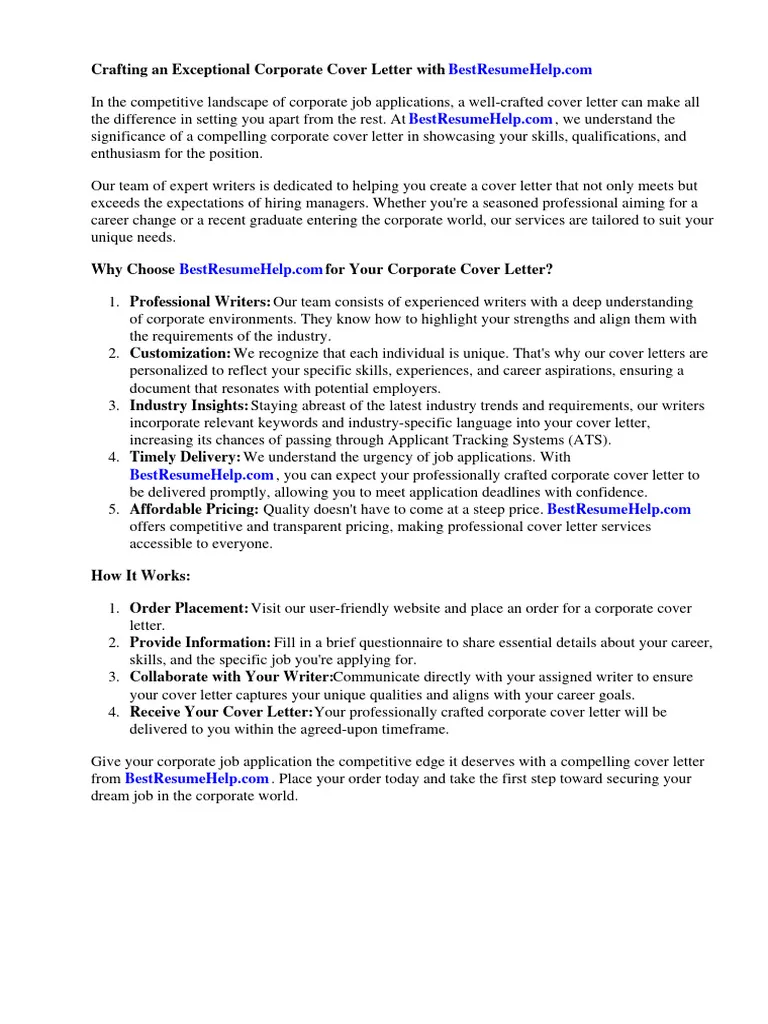Why is a Cover Letter Important
In the competitive landscape of job applications, a well-crafted cover letter is your initial handshake with a potential employer. It serves as a crucial introduction, providing an opportunity to showcase your personality, skills, and enthusiasm beyond what’s listed on your resume. A cover letter allows you to tell a compelling story about why you’re the perfect fit for the role and the company. It also helps you to explain any gaps in your employment history, career changes, or other factors that might raise questions during the initial screening process. A cover letter helps demonstrate your communication skills, your attention to detail, and your genuine interest in the position, making it an indispensable tool in your job-seeking arsenal.
Cover Letter Writing Tip 1 Tailor It to the Company
Generic cover letters are easily spotted and often discarded. Customization is key. This means you can’t just send the same letter for every job. Tailor each cover letter to the specific company and the role you’re applying for. This process demonstrates that you’ve done your homework and are genuinely interested in joining their team. It shows that you understand their needs, their mission, and the specific requirements of the job. Customizing your cover letter involves researching the company’s values, culture, and recent achievements. This information will help you align your skills and experiences to their requirements, making your application stand out from the crowd.
Research the Company
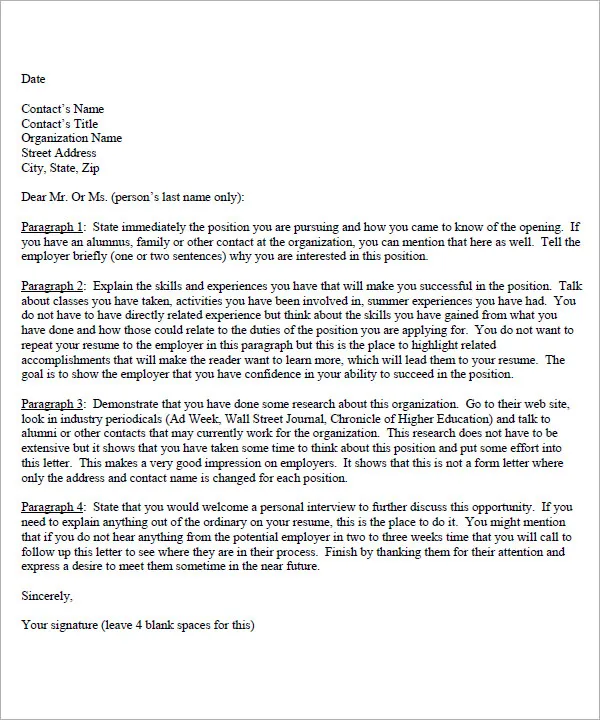
Before you start writing, visit the company’s website, read their ‘About Us’ page, and explore their social media profiles. Understand their products or services, their mission statement, and their target audience. Look for any recent news, press releases, or awards that they’ve received. All this information allows you to demonstrate that you’ve taken the time to learn about the company and are truly interested in contributing to their success. During the writing process, find specific aspects of the company’s work that resonate with your own values and career goals.
Highlight Relevant Skills and Experience
Once you’ve researched the company, identify the key skills and experiences they’re looking for in a candidate. Then, tailor your cover letter to highlight those aspects of your background. Use specific examples from your previous roles to demonstrate how your skills align with the job requirements. Instead of just listing your responsibilities, show how you achieved results and what impact you made. Frame your experiences within the context of the job description, emphasizing how you can contribute to the company’s goals and address its specific challenges. This will help the hiring manager see you as the ideal candidate.
Cover Letter Writing Tip 2 Showcase Your Value
A cover letter is your opportunity to articulate the value you bring to the table. Instead of simply stating your skills and experiences, explain what makes you the best fit for the role and what you can achieve for the company. Focus on how your unique combination of skills, knowledge, and personal qualities will enable you to excel in the position and contribute to the organization’s success. This means moving beyond listing your qualifications and instead, emphasizing your accomplishments and the tangible results you have achieved in previous roles. Show, don’t just tell, the potential employer what you can do for them.
Quantify Your Achievements
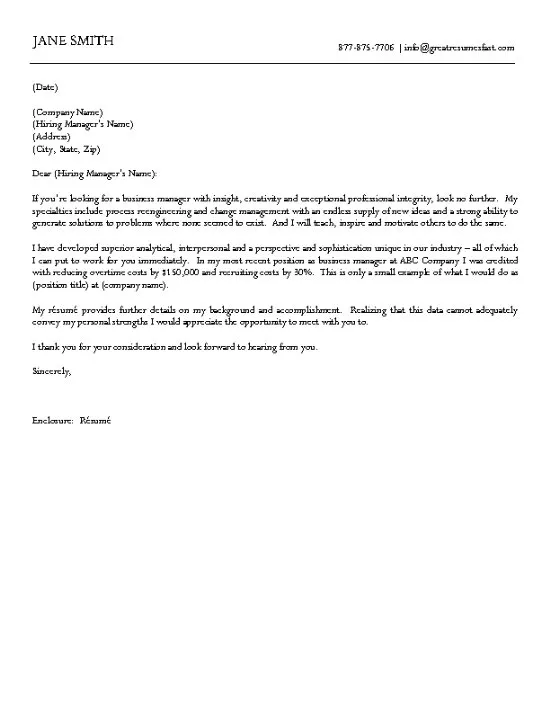
Whenever possible, quantify your achievements. Use numbers and data to demonstrate the impact of your work. Instead of saying, ‘Improved sales,’ specify by how much such as ‘Increased sales by 15% in one quarter.’ Instead of saying ‘Managed a team,’ state the size of the team or the number of projects you oversaw. These specific details add credibility to your claims and give the hiring manager a clearer picture of your capabilities. Quantifying your achievements makes your accomplishments more tangible and persuasive. Numbers provide concrete evidence of your skills, making it easier for the hiring manager to understand the value you would bring to the company.
Match the Company’s Needs
Make sure that you align your skills and experiences with the specific needs of the company. Review the job description carefully and identify the key requirements. Then, in your cover letter, clearly explain how your skills and experience match those requirements. Use the same keywords and phrases that are used in the job description to demonstrate that you understand the role and are capable of performing the job duties. This will help the hiring manager see you as a perfect fit for the role. By matching your profile with the company’s needs, you ensure that your cover letter resonates with the employer.
Cover Letter Writing Tip 3 Use a Professional Tone
A professional tone is essential for cover letter writing. It conveys your respect for the company and the position while demonstrating your ability to communicate effectively in a professional setting. Maintaining a professional tone helps establish credibility and makes a positive first impression on the hiring manager. A professional cover letter should be clear, concise, and free of jargon. Make sure your writing is easily understood and reflects a sense of confidence, competence, and enthusiasm for the opportunity. This professionalism increases your chances of getting noticed.
Avoid Slang and Jargon
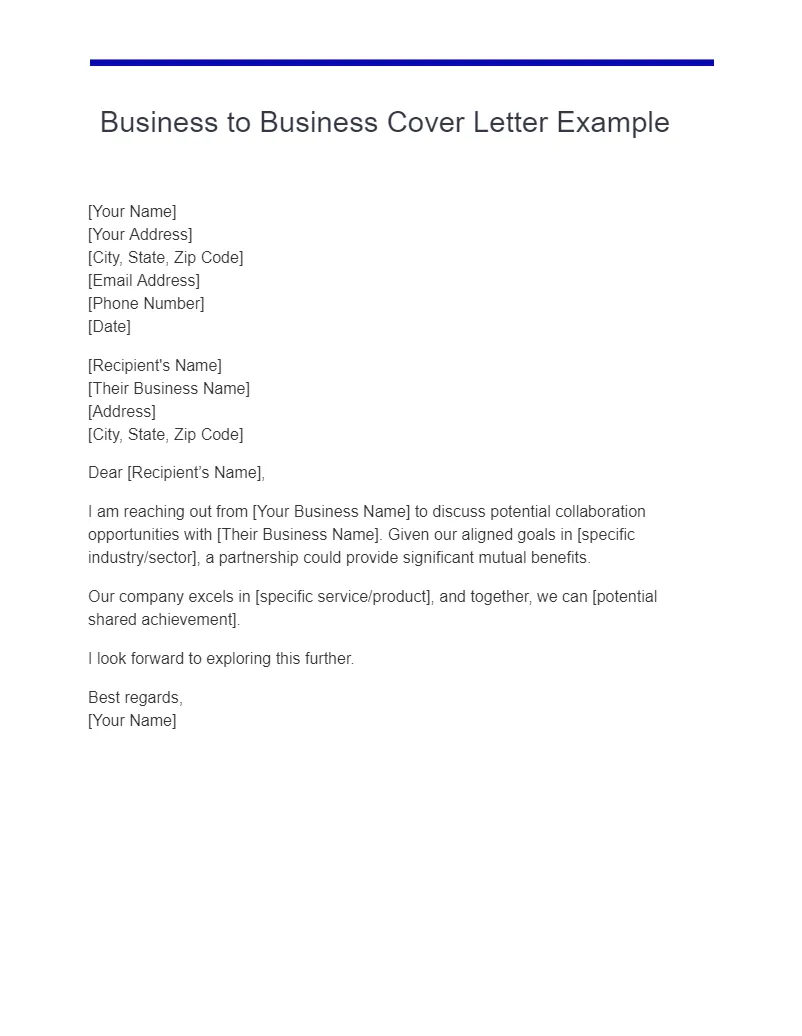
Avoid using slang, colloquialisms, and jargon in your cover letter. Slang can make your writing sound unprofessional, while jargon can confuse the reader. Instead, use clear, concise language that is easy to understand. Choose your words carefully, and make sure that your tone is appropriate for a professional setting. While showcasing your personality is important, always ensure that your letter maintains a tone of professionalism. This balance helps you to appear as a serious candidate and it shows that you value the opportunity. Keeping the language clear and professional helps to make your message easier to understand and shows that you possess excellent communication skills.
Proofread Carefully
Errors in your cover letter can undermine your credibility. Before submitting your application, carefully proofread your cover letter for any spelling, grammatical, or punctuation errors. Read it aloud to yourself to catch any awkward phrasing or unclear sentences. Use a spellchecker, but also be sure to manually check for errors that a spellchecker might miss, such as misused words. It’s a good idea to have a friend or family member review your cover letter as well. A fresh pair of eyes can often spot errors that you might miss. A well-proofread cover letter shows attention to detail and demonstrates your commitment to quality, making a positive impression on the hiring manager.
Cover Letter Writing Tip 4 Structure Your Letter
A well-structured cover letter is easy to read and allows the hiring manager to quickly grasp your key qualifications and enthusiasm. A standard cover letter format typically includes an introductory paragraph, a few body paragraphs that highlight your skills and experiences, and a concluding paragraph. Within each paragraph, focus on presenting clear ideas and using a logical flow of thought. Consider using bullet points or short paragraphs to break up the text and make it more readable. A strong structure helps the reader to understand and appreciate your application. Structure your letter thoughtfully for maximum impact.
Use a Clear and Concise Format
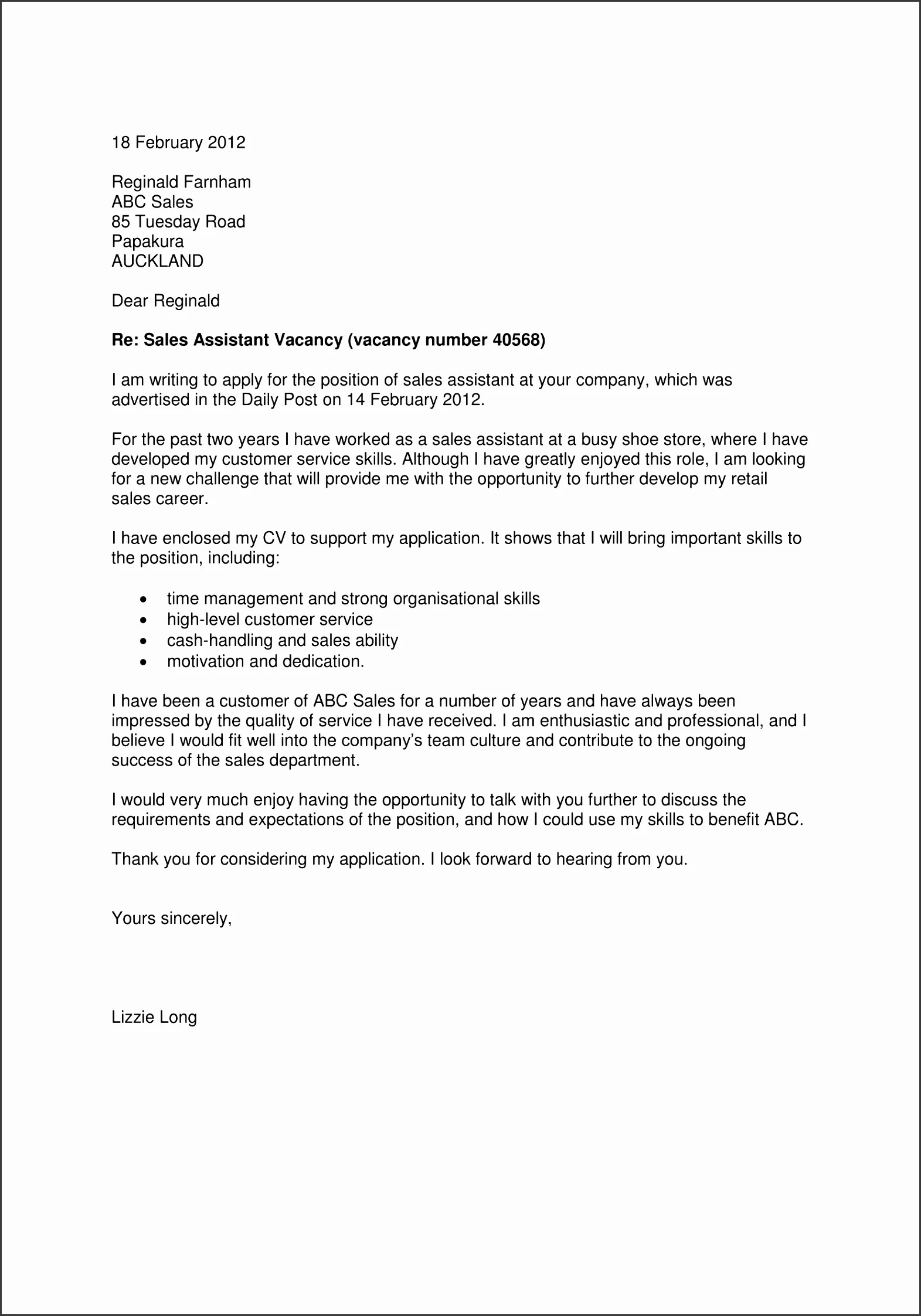
Use a clear and concise format to make your cover letter easy to read. Use a standard font, such as Times New Roman or Arial, and a font size of 11 or 12 points. Use standard margins and single-space the text. Break up long blocks of text with short paragraphs and use bullet points to highlight key information. The goal is to create a document that is visually appealing and easy to scan. Avoid using fancy fonts, excessive formatting, or complex language, which can make your cover letter difficult to read. The clearer and more concise your format, the more effective your cover letter will be.
Keep it Brief
Keep your cover letter brief and to the point. Hiring managers often have a lot of applications to review, so they may not have time to read long, rambling letters. Aim for a cover letter that is no more than one page long. Focus on the most important aspects of your background and highlight the skills and experiences that are most relevant to the job. Be concise and avoid unnecessary details, filler words, or repetitive phrases. Every word should add value to your application. Get straight to the point and make a strong impression quickly by making every sentence count.
Cover Letter Writing Tip 5 Close With a Strong Call to Action
The closing paragraph of your cover letter is your last chance to make a strong impression and encourage the hiring manager to take action. Don’t just end your letter abruptly. Use a call to action to express your enthusiasm for the opportunity and let the hiring manager know what you want them to do next. This helps to drive the interview and hiring process forward. A strong call to action leaves a lasting impression and increases the chances of getting an interview.
Express Enthusiasm for the Role
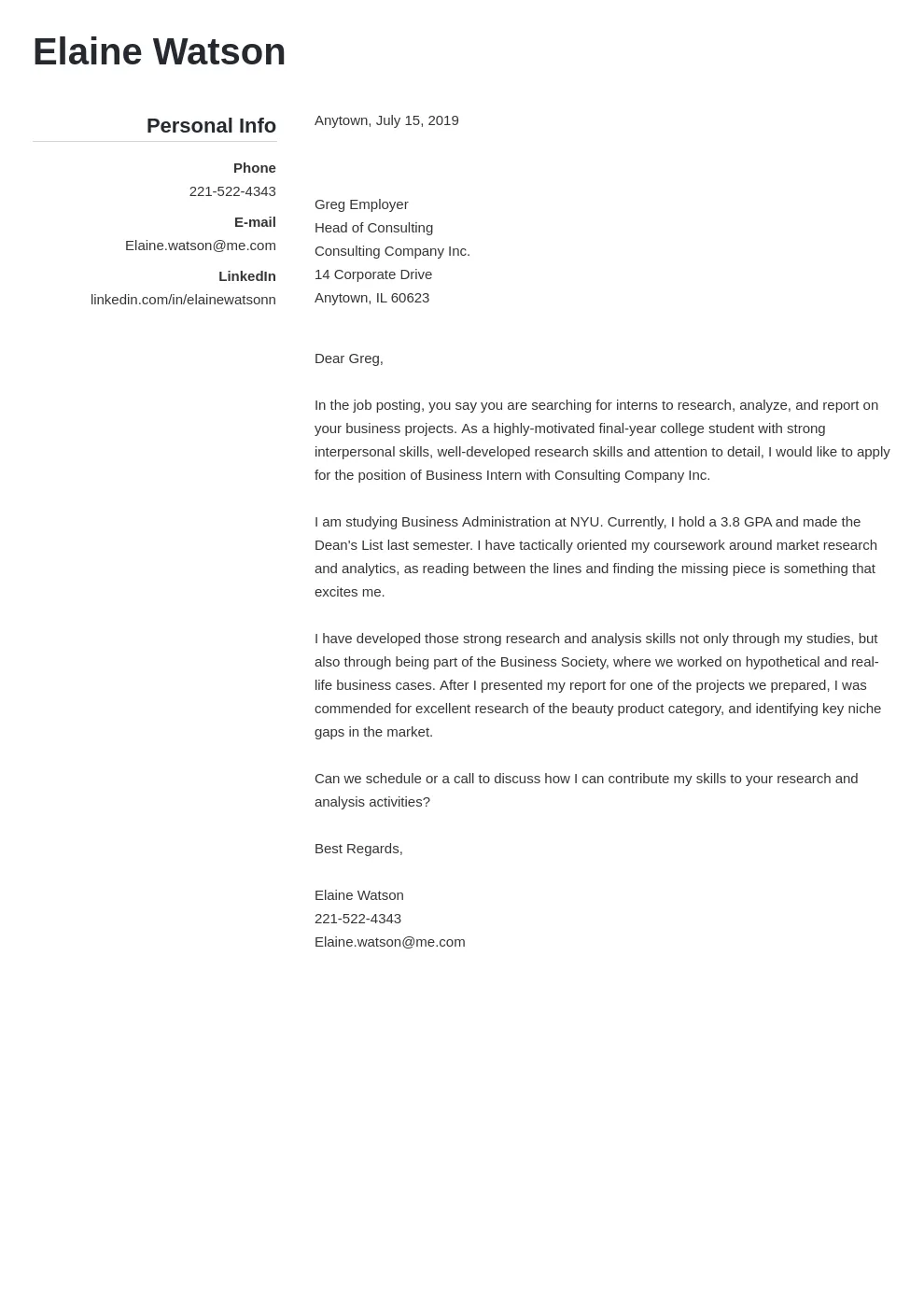
In your closing paragraph, express your enthusiasm for the role and the company. Reiterate your interest in the position and show how excited you are about the opportunity to contribute to their success. You can also mention something specific that you admire about the company or the role. Expressing enthusiasm demonstrates your genuine interest and motivates the hiring manager. Make sure that you’re not just showing interest in the role, but in the company itself.
Include Contact Information
Always include your contact information at the end of your cover letter. This should include your full name, phone number, and email address. Make it easy for the hiring manager to contact you. You can also include a link to your LinkedIn profile or online portfolio if you have one. Double-check your contact information to ensure that it is accurate and up-to-date. Always make sure that the recruiter can easily reach you. This makes the process easier and ensures that you don’t miss any opportunities.
